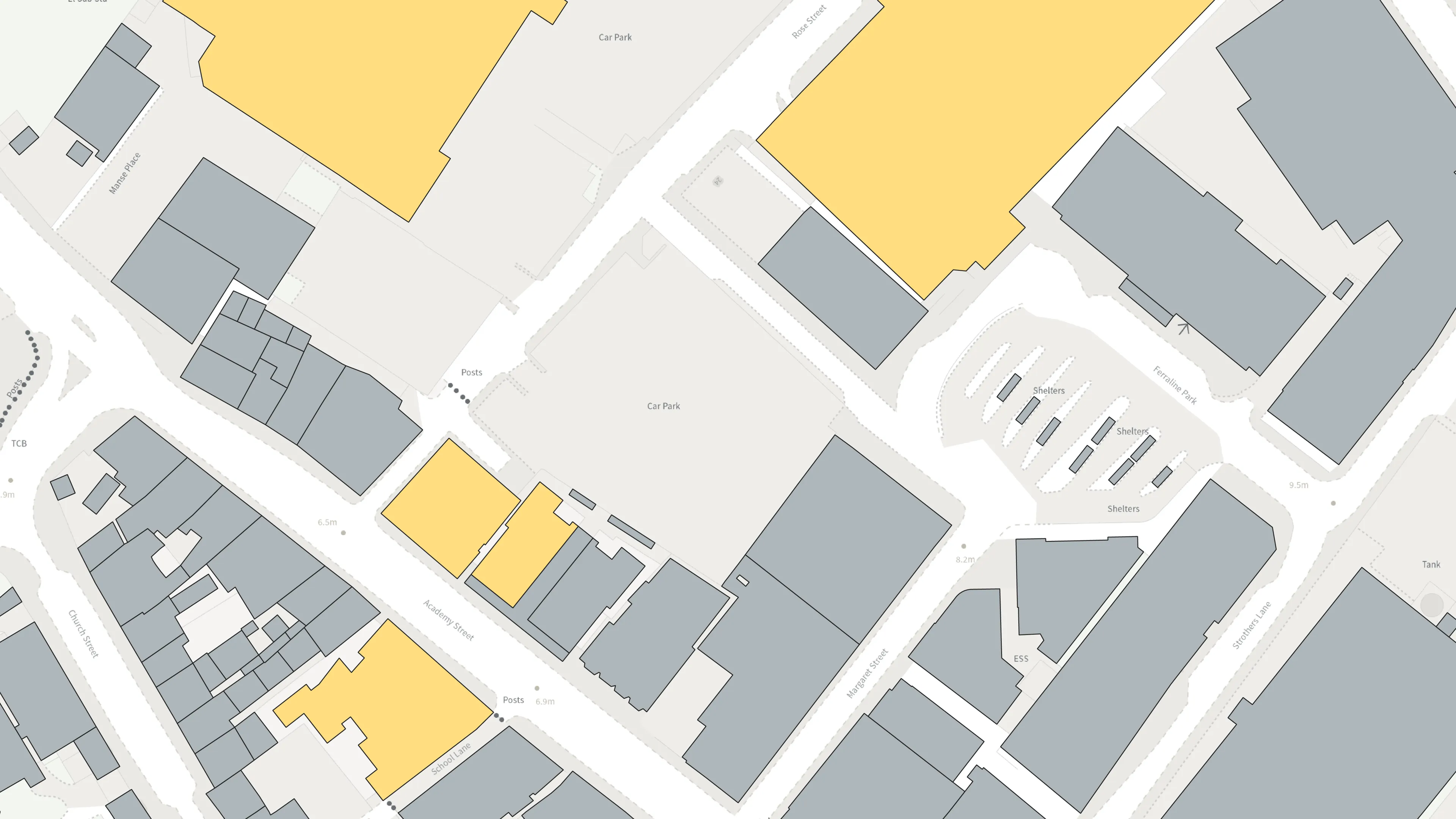How Ordnance Survey data is supporting the Government’s drive for a rooftop revolution
Earlier this year, Great British Energy committed £180 million to put rooftop solar panels among schools and hospitals across the country, which as well as being a significant step towards the wider use of clean energy, will also hugely cut their energy bills. Aldi has also just announced a £7.7 million solar scheme for its 90 UK stores. Fortunately, the trend for harnessing energy through domestic solar panels is also growing fast, with figures pointing to a surge in the early part of this year. According to the independent Microgeneration Certification Scheme, nearly 100,000 domestic solar panel systems were installed in the UK from January to June this year. And with estimates of savings on energy bills per household hovering at around the £500 mark, it’s not surprising that 86% of the public support solar power as a renewable energy source, according to the Department for Energy, Security and Net Zero.

So how can OS support this push for a rooftop revolution? In March this year, OS released its own data on over 40 million roofs in Great Britain into the OS National Geographic Database (OS NGD). The new roof attributes introduced unprecedented insights into roof shape, aspect, material, and the presence of green roofs and solar panels. At the time of capturing the data, the latter showed that 5%, nearly 1.3 million, of mostly domestic buildings across Britain have solar panels on the roofs.
While there is an ongoing focus on net zero and evidently a growing transition to solar (and other) energy, a lot of the current incentives in the market put the obligation on the individual and not the energy provider for retrofitting. And while homeowners may generally support the concept of solar power as an energy source, they may be put off investigating their options for any variety of reasons. From assuming their older home’s roof may not be a suitable candidate, to knowing that there are planning restrictions in conservation areas. So what can be done to help?
Following the launch of a new collaboration, OS has been working with Snowflake to develop a demo that could be a great leap forward in giving businesses insight in where to encourage markets for domestic solar panels. The new concept is called ‘Slopey Roofs’ and combines data from the Met Office and OS with sample data to provide a comprehensive dataset which demonstrates roof suitability for solar panel installation for different counties and regions. Met Office data on sunlight exposure is pulled together with data on roof aspects from OS. And with a new location filter recently added to the demo, users can see down to street and postcode level where the potential for new panels could be.
"The ability to pull different datasets into an interactive app, like Slopey Roofs, makes concepts such as solar panel efficiency far more accessible, tangible and visual for people to understand. Going one step further, we are integrating AI into the Slopey Roofs app, enabling users to generate faster data insights and easily decipher data."

"This is a great example of how Met Office data, combined with the power of weather intelligence, can be used innovatively for public good. As a data-rich organisation, we're pleased to see our purposeful data in the hands of users on platforms such as Snowflake, which has been working closely with Ordnance Survey to help enable the clean energy transformation."
Tim Chilton, UK Consulting Lead at OS, explained more: “The development of the slopey roofs model is currently accessible to potential business users, and we hope this will pave the way for them to consider using our data to develop their analysis and insights. We’ve had a good response and some great feedback to the demonstrator at our Innovation Festival, and at Snowflake conferences and hackathons in the UK and US. This has led to conversations with new customers and our existing partner network on how we can take this forward.”
He concluded: “The Government is committed to achieving 95% clean electricity by 2030 and OS data is keeping pace with that. Working with partners like Snowflake, we can show how Ordnance Survey data sits at the heart of providing innovative solutions to government and businesses across Great Britain.”
For more information for businesses on how to access ‘Slopey Roofs’ contact os.snowflake.support@os.uk
Sharing the latest news about OS. We can license you to use OS maps in print, online and film format. For more information and resources for journalists, bloggers and media professionals, email pressoffice@os.uk or call 023 8005 5565.